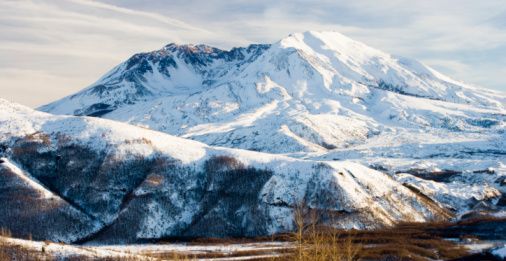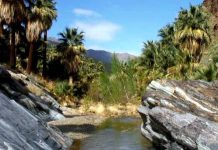Mount St. Helens hasn’t been in the news for years now, but the famous American volcano is still well worth taking a trip to. After a couple of months of minor earthquakes and explosions the mountain blew its top in May of 1980 and caused quite a bit of devastation to the surrounding area in the state of Washington, as it spewed scalding lava for about nine hours straight.

The amount of ash produced by the volcano was tremendous and the actual height of Mount St. Helens was reduced by just over 1,000 feet.
The explosion caused a landslide and many trees were knocked down in local forests. In addition, melting ice and rocks triggered mudflows in region’s stream valleys and about 150 square miles of trees were uprooted, not to mention houses and bridges.
Thirty years later, you’ll be able to see wisps of ash and gas rise from the mighty crater, bit other than that, the area is generally peaceful. Plants and wildlife are now returning to the region and they’re not the only things returning, as Mount St. Helens attracts about a million tourists every year.
The once-devastated region is known as a National Volcanic Monument these days. It’s an ideal place to explore on foot and to see how powerful Mother Nature really is when angry. There are over 200 miles of trails to hike down as well as about 50 miles of road in the region for biking and driving.
As well as the trails, famous volcano and monument, you’ll be able to visit a museum about the mountain, a devastation area, scenic lakes and rivers, and America’s longest lava tube. There are plenty of other attractions in the area of Cougar, Washington, as well as a variety of hotels, restaurants, activities, and shopping.
A day trip to Mount St. Helens is an excellent opportunity to witness some of America’s most spectacular scenery.










